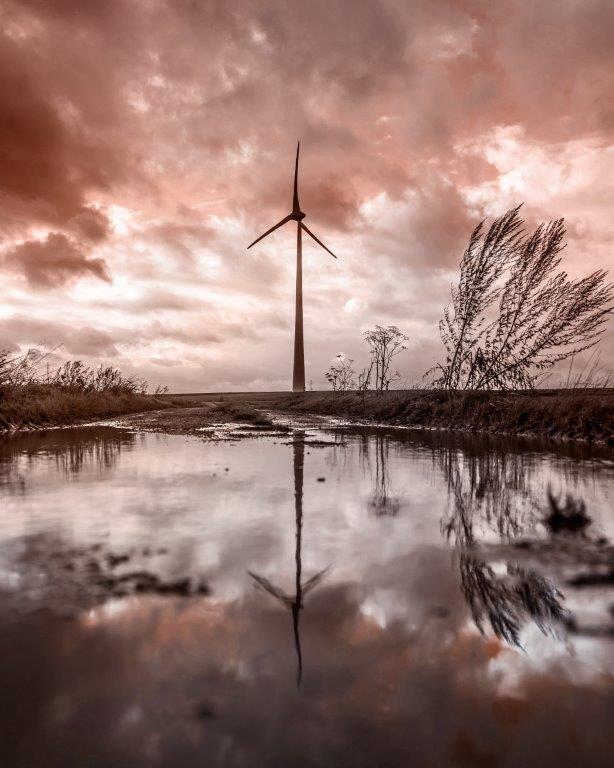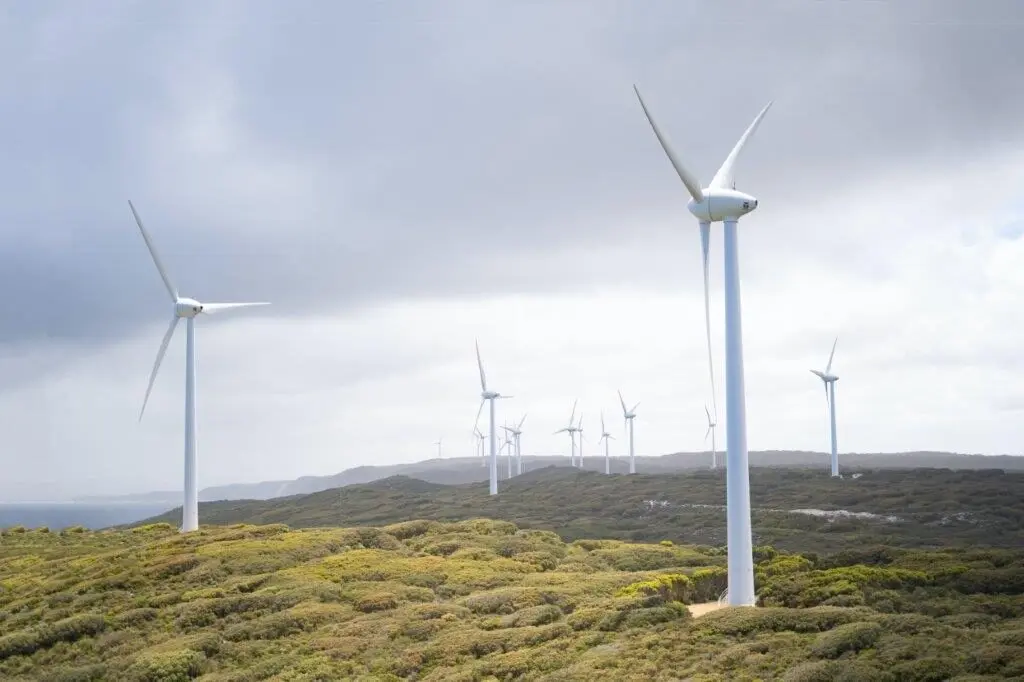The need for expansion and new construction of wind farms for the operation of wind turbines will continue to increase in the future.
The necessary use agreements between owners of large-scale properties and operators contain provisions according to which the operator is entitled, against payment of a fee, to erect, operate, use, renew and remove a wind turbine with a foundation, a crane footprint as well as switching, measuring and transformer stations on the land made available for a more closely defined period of time. In addition, the beneficiary of the use agreement will be entitled to construct, maintain and access a paved access road – usually in the form of a gravel path – to the extent necessary for the construction, maintenance and operation of the wind turbines, as well as to lay, maintain and renew the incoming and outgoing lines required for the connection of the wind turbine. So far so good.
In connection with a dispute between an owner and an operator of a wind power plant, the higher courts had to decide on the legal nature of such a contract of use. According to a now published decision of the Higher Regional Court (OLG) of Hamm (judgement of 26.11.2020, 5 U 112/19), such contracts of use are generally to be classified as commercial leases within the meaning of section 578 of the German Civil Code (BGB) and not as a contract of use sui generis, not as an agreement under the law of obligations based on an easement and also not as a lease. The decision of the OLG Hamm has generated widespread attention in the industry because the classification as a commercial lease has enormous significance for contractual practice. In order to secure the agreed long-term duration of the contract, it is necessary to conclude the commercial lease contract in writing in accordance with sections 578, 550, 126 BGB. In the event of a breach of the written form requirement, the contract is effective, but can be terminated prematurely with due observance of the statutory notice period (simplified: two quarters). In order to comply with the written form requirement, all essential contractual provisions must result from the contract document itself. In the case of user contracts for the operation of a wind farm, this is usually to be questioned at least in two regularly occuring clauses:
On the one hand, the date of commissioning and thus the date for the commencement of the lease is still open at the time of the conclusion of the user contract. For this purpose, a provision must be found according to which the – future (!) – commissioning date and the associated start of the contract are made clear in writing. This is usually achieved by the obligation to conclude a supplementary agreement after the commencement of the contract.
Furthermore, the location of the wind turbines on the used property must be determined in a sufficiently concrete manner. In contractual practice, this is achieved by referring to site plans, which, however, must then be attached to the lease agreement in order to comply with the written form requirement.
The consequence of a premature terminability of the use agreement in connection with violations of the written form could have serious consequences, especially for the operator of the wind farm:

There is a risk that the investments for the erection of the wind turbines have not yet been amortised, which, however, cannot be held against an early termination by the operator, since the risk of use is usually borne by the tenant. Furthermore, a dismantling obligation is usually regulated, according to which the operator is obliged to remove the wind turbines at his own expense when the use contract ends. If the investment costs have not been fully recovered by then in the event of a premature termination, the obligation to dismantle on the operator’s side would be all the more unpleasant. The ruling of the OLG Hamm must therefore be particularly taken into account when drafting contracts in order to avoid the aforementioned problems.
Finally, such user agreements often do not contain a quantified user fee when the contract is concluded. Instead, a so-called turnover rent is agreed, usually stipulating that the fee is based on the turnover generated with the wind farm. A clause on such a turnover rent does not meet with legal reservations, but must be regulated so carefully that the turnover for the land owner can be verified as the basis for calculating the fee to be paid. The basis for the calculation of the user fee is provided by the accounts of the wind farm operator with the energy supply company. Alternatively, the certificate of an independent auditor regarding the billable turnover can be considered.
If you have any further questions regarding the drafting of contracts, please do not hesitate to contact the real estate lawyers at SPIEKER & JAEGER.

